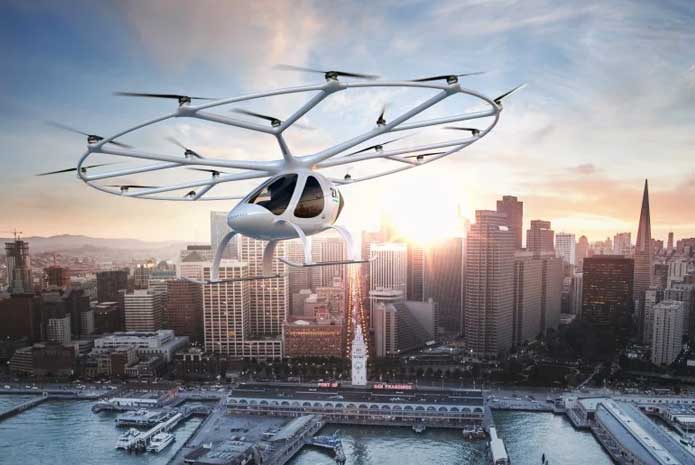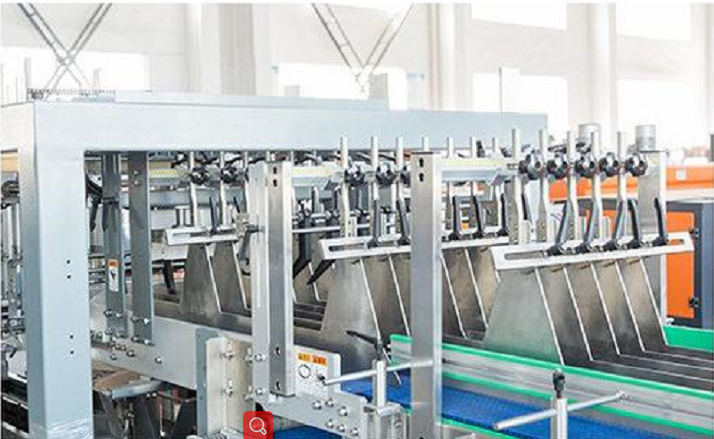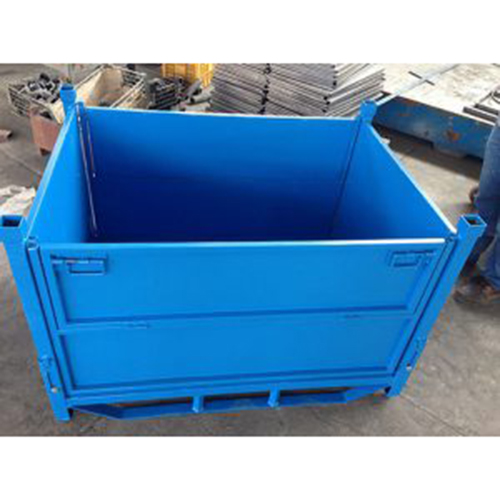
Hyperloop, the futuristic transportation system that promises to revolutionize the way we travel, has been a topic of discussion for several years now. With the potential to transport passengers at speeds of up to 700 miles per hour, Hyperloop has the potential to drastically reduce travel time and increase efficiency. However, the question remains: will Hyperloop be a success?
To answer this question, we need to take a closer look at the technology behind Hyperloop, the challenges it faces, and the potential benefits it offers.
Technology behind Hyperloop
Hyperloop is essentially a high-speed train that travels through a vacuum-sealed tube. The train is propelled by magnetic levitation and is powered by renewable energy sources such as solar panels. The vacuum-sealed tube reduces air resistance, allowing the train to travel at high speeds with minimal energy consumption.
Challenges facing Hyperloop
Despite its potential, Hyperloop faces several challenges that could hinder its success. One of the biggest challenges is the cost of building the infrastructure required for the system. The vacuum-sealed tube and the magnetic levitation technology are both expensive to build and maintain. Additionally, the system would require a significant amount of land, which could be difficult to acquire in densely populated areas.
Another challenge facing Hyperloop is safety. The high speeds at which the train travels could pose a safety risk, and the system would need to be designed to withstand natural disasters such as earthquakes and hurricanes.
Potential benefits of Hyperloop
If successful, Hyperloop could offer several benefits. The system could drastically reduce travel time, making it possible to travel long distances in a matter of minutes. This could have a significant impact on the economy, as it would make it easier for people to commute to work and for businesses to transport goods.
Hyperloop could also have a positive impact on the environment. The system would be powered by renewable energy sources, reducing the reliance on fossil fuels. Additionally, the reduced travel time could lead to a decrease in carbon emissions from transportation.
Conclusion
In conclusion, the success of Hyperloop will depend on several factors, including the cost of building the infrastructure, safety concerns, and the potential benefits it offers. While there are challenges facing the system, the potential benefits are significant, and it is worth exploring the technology further.


